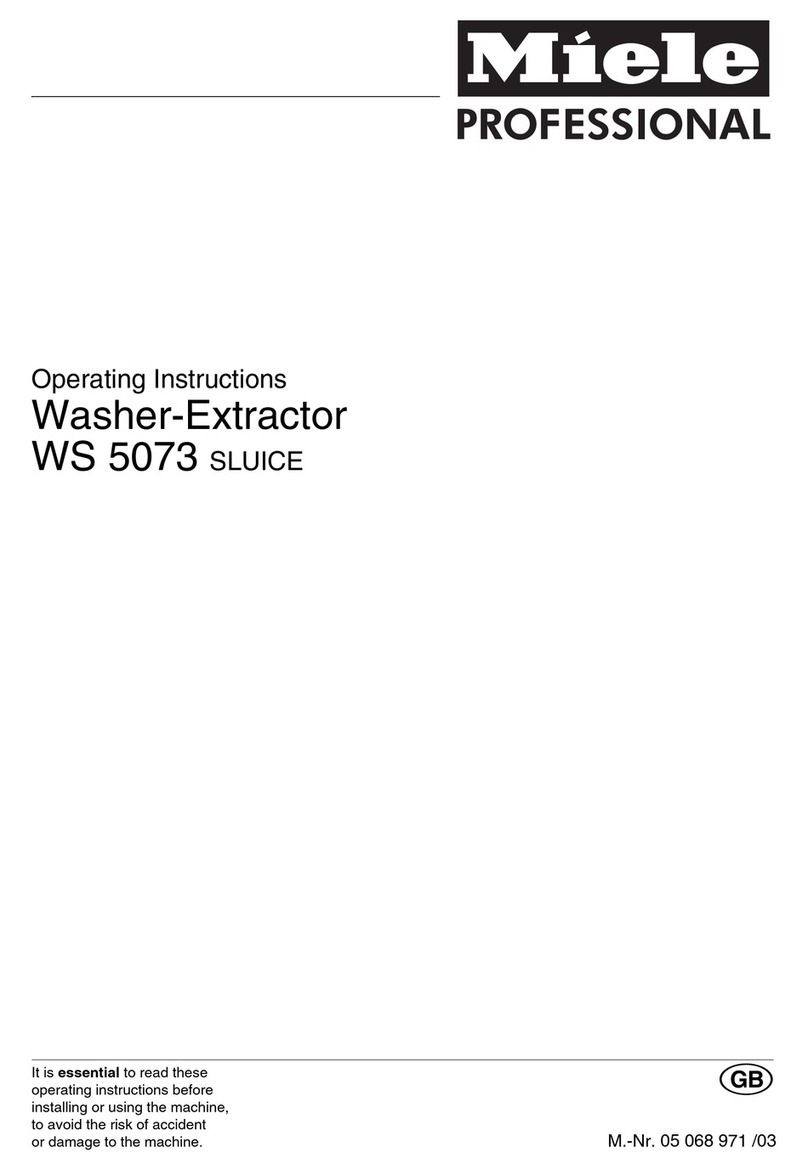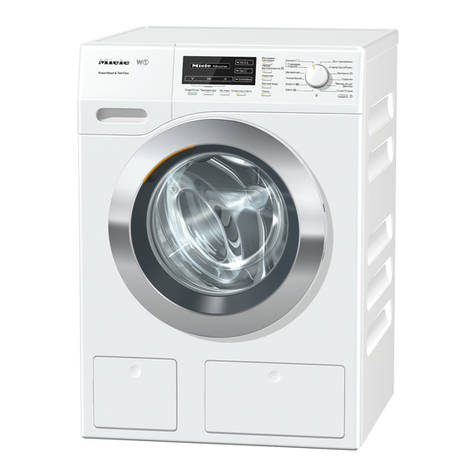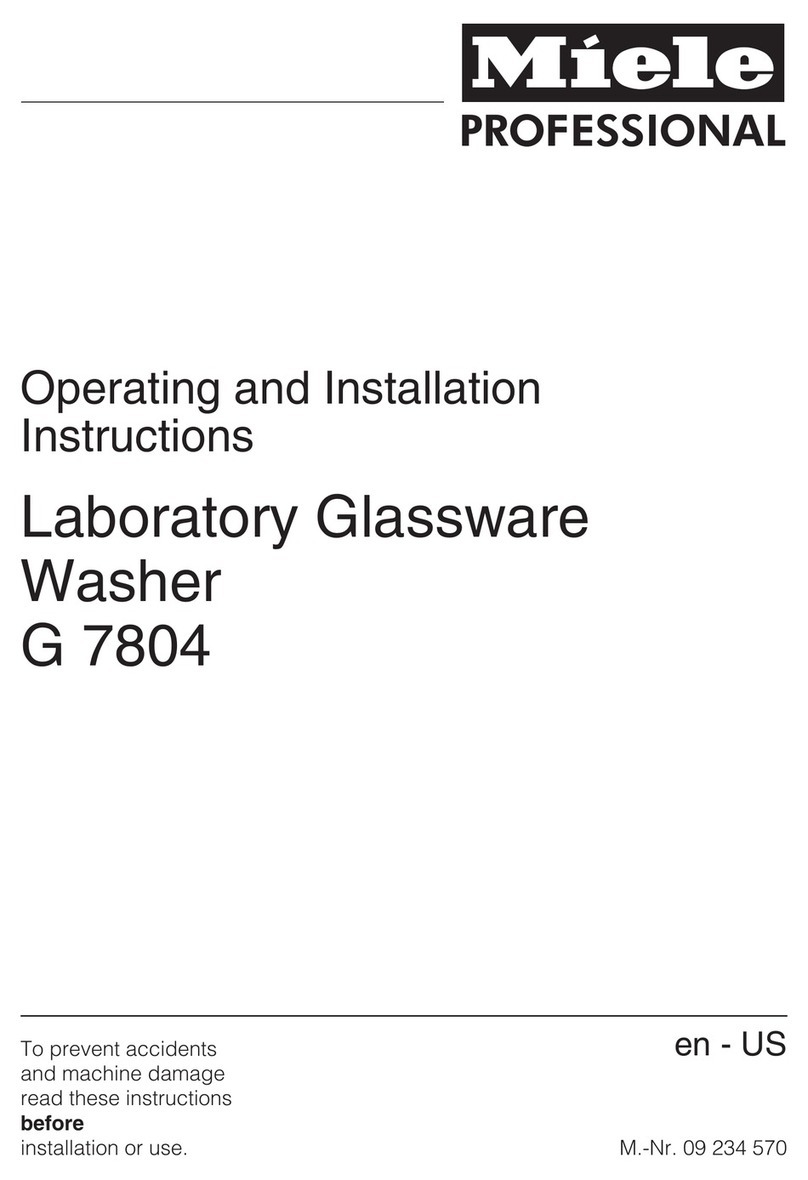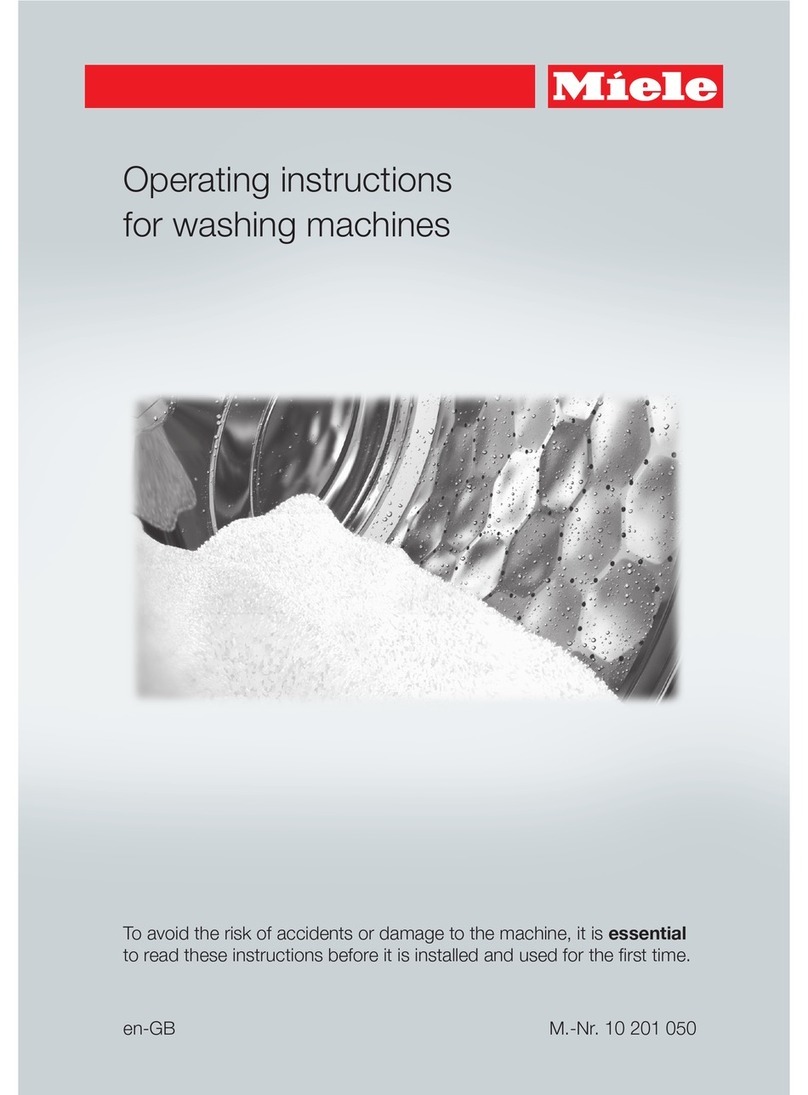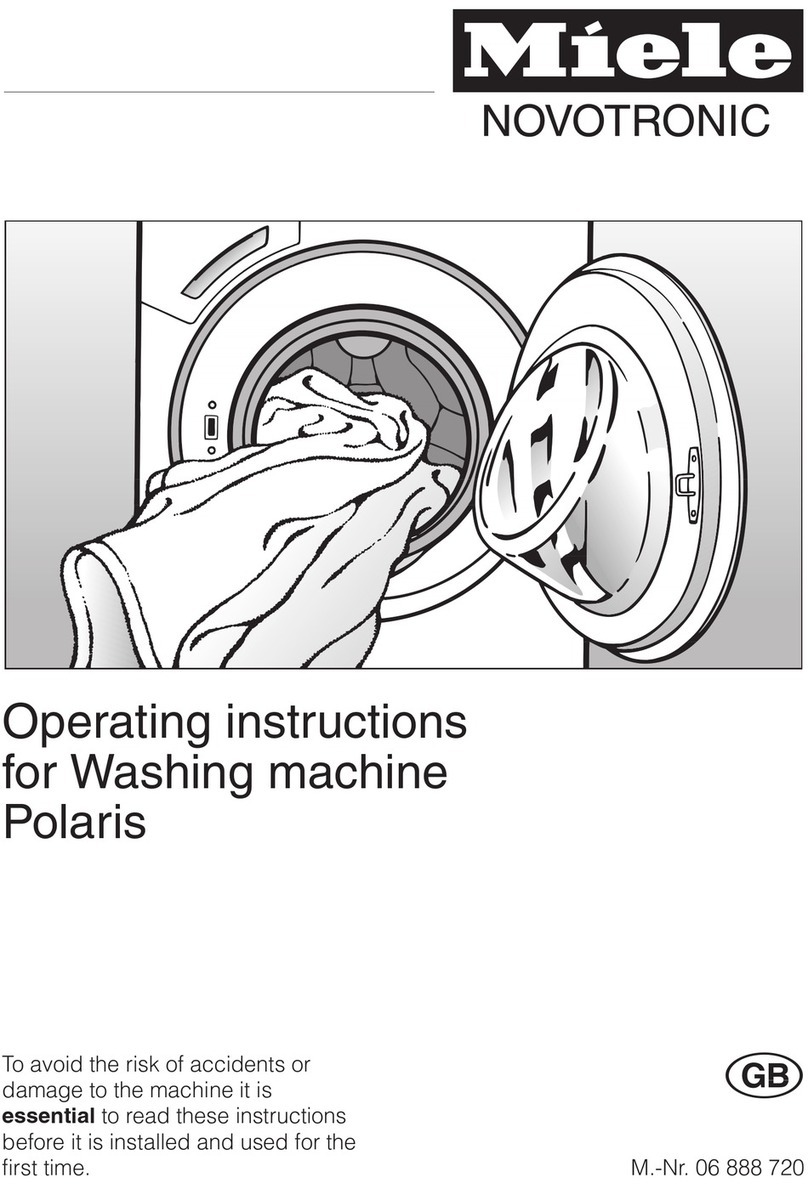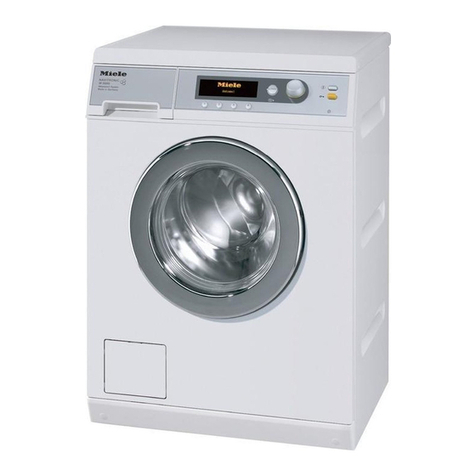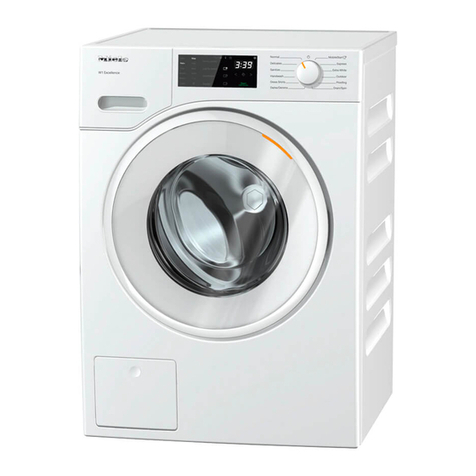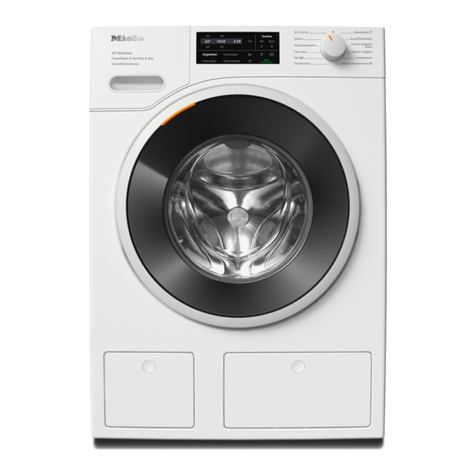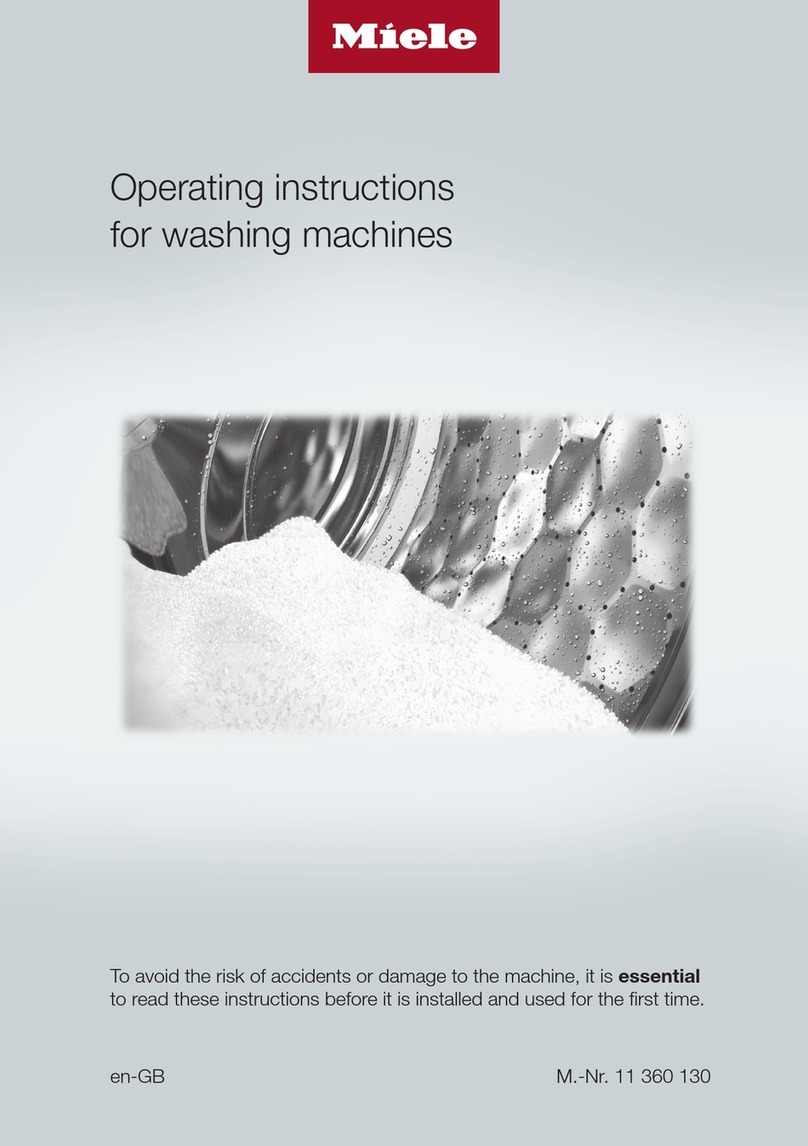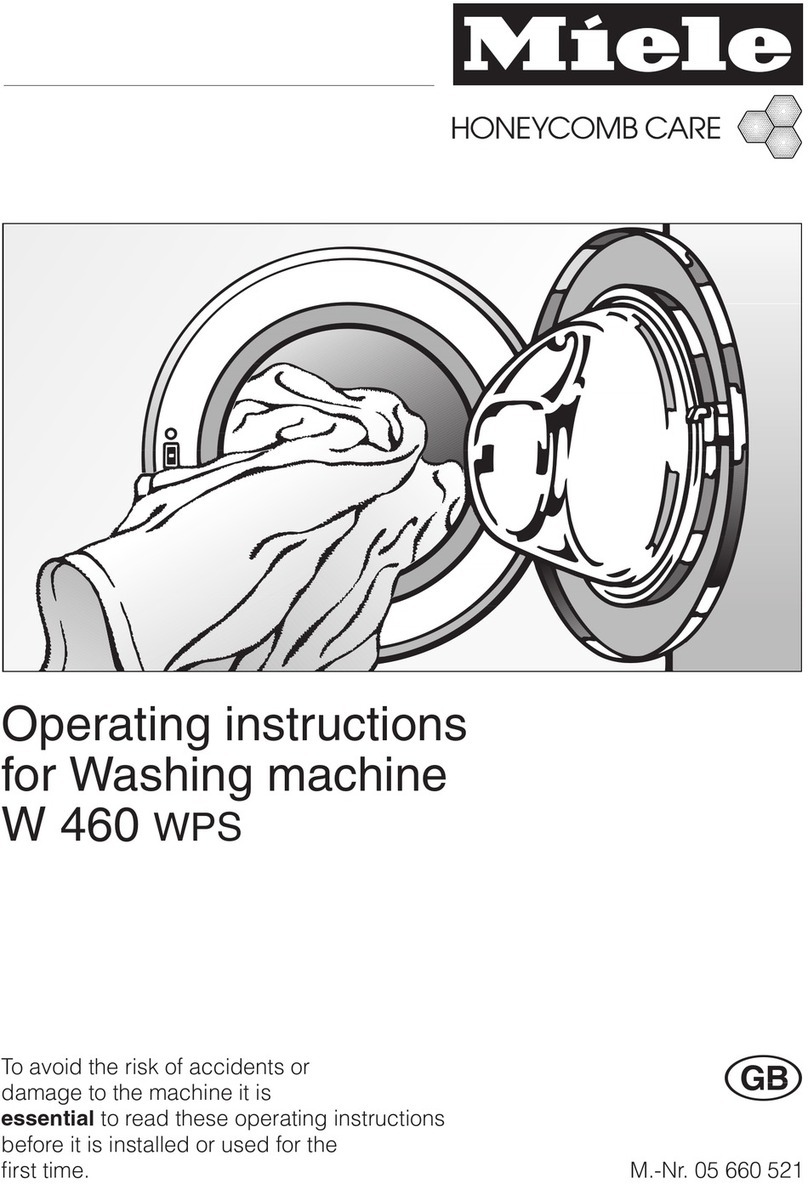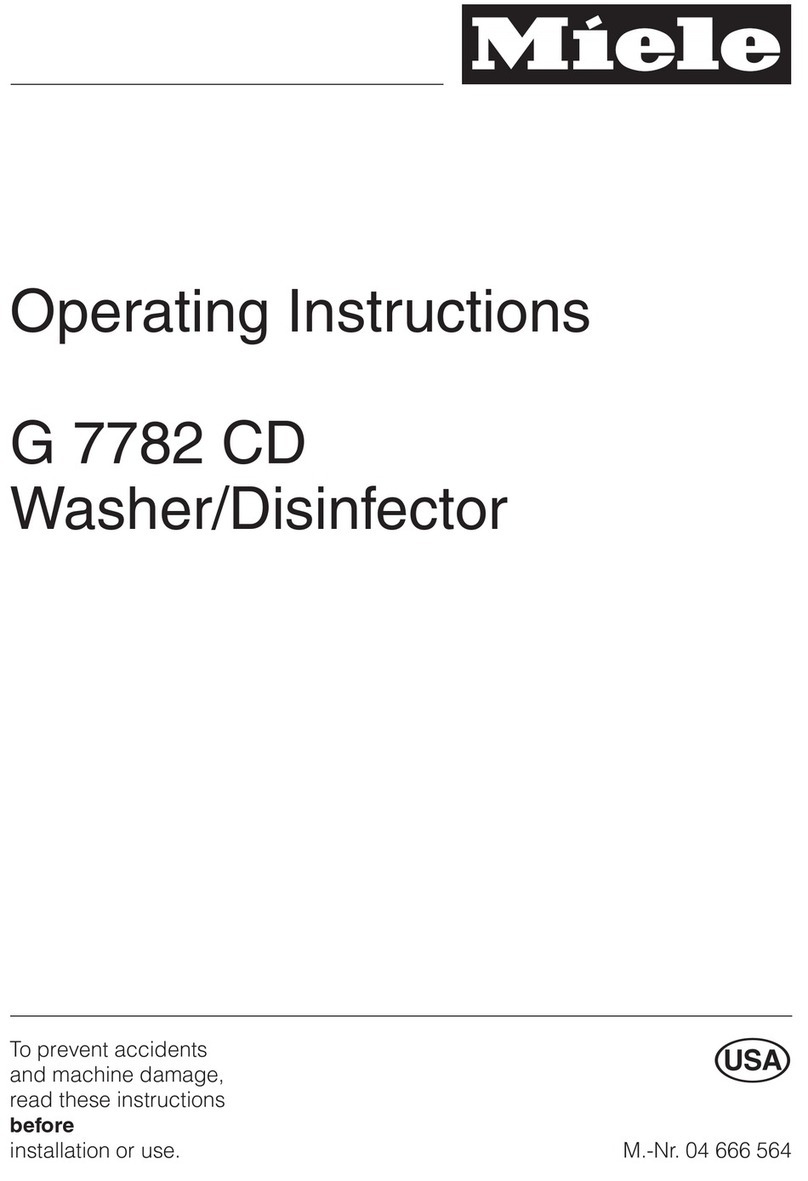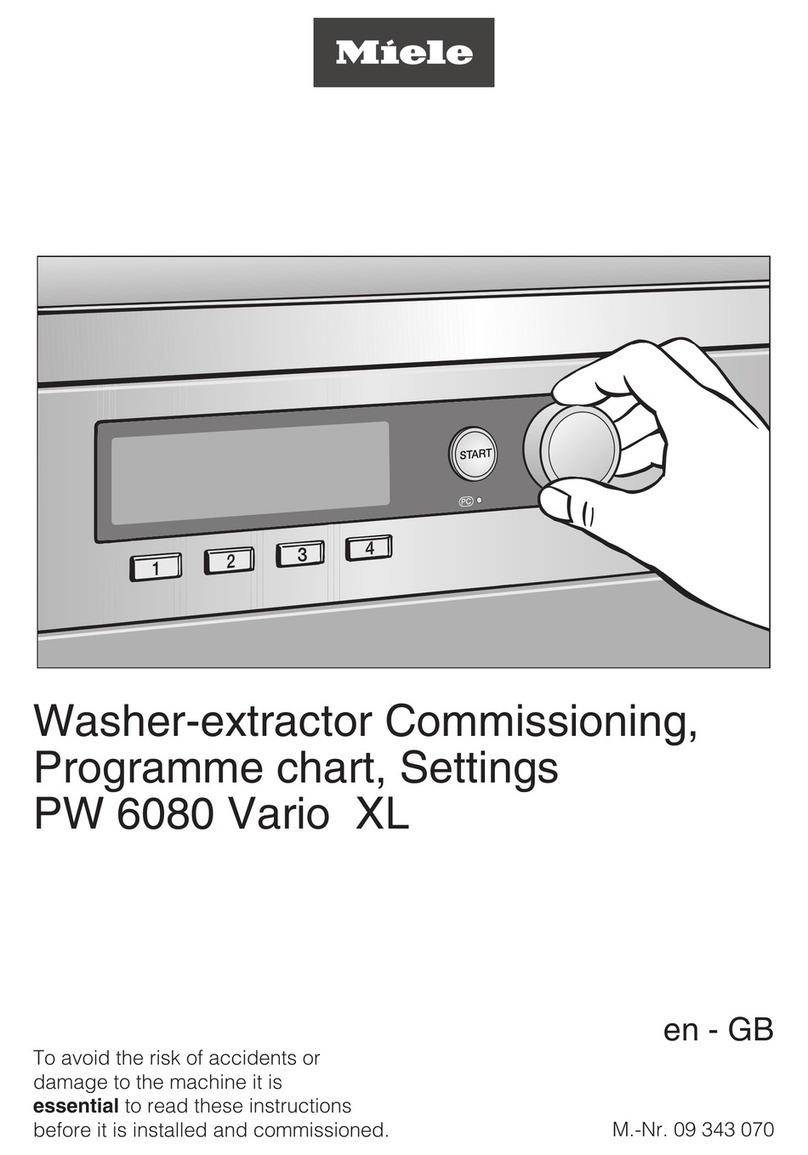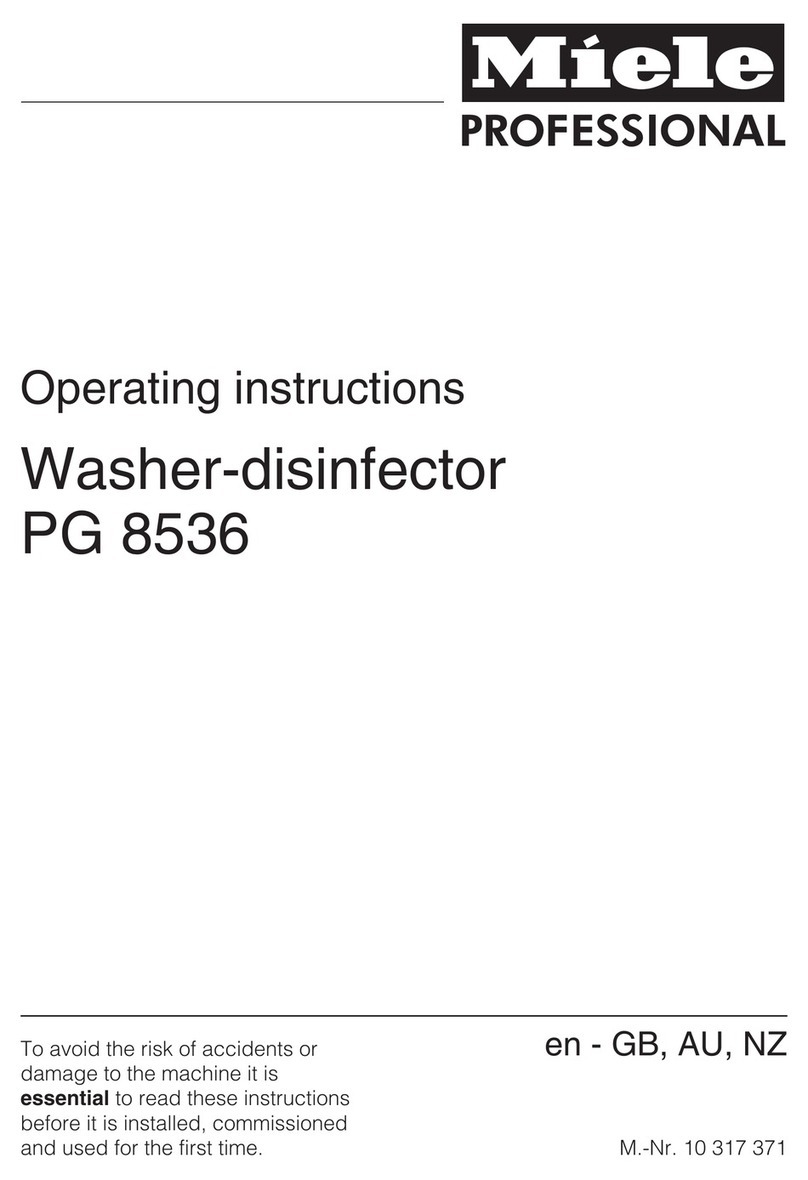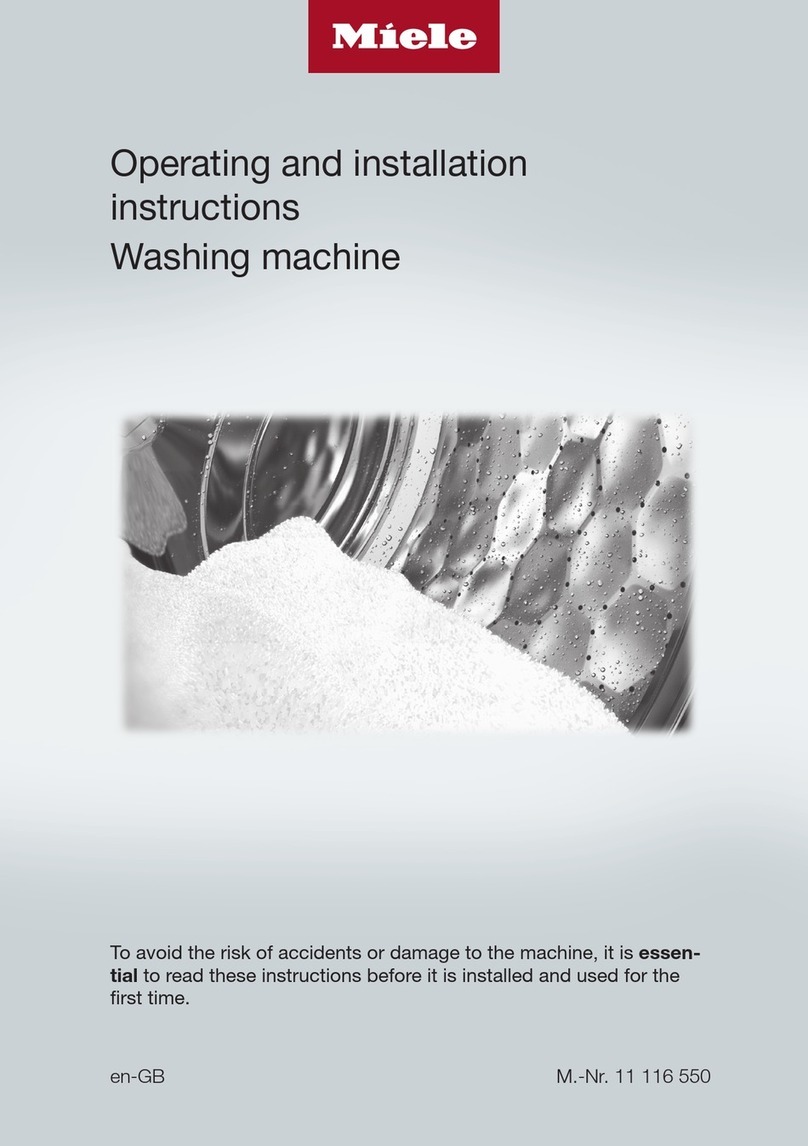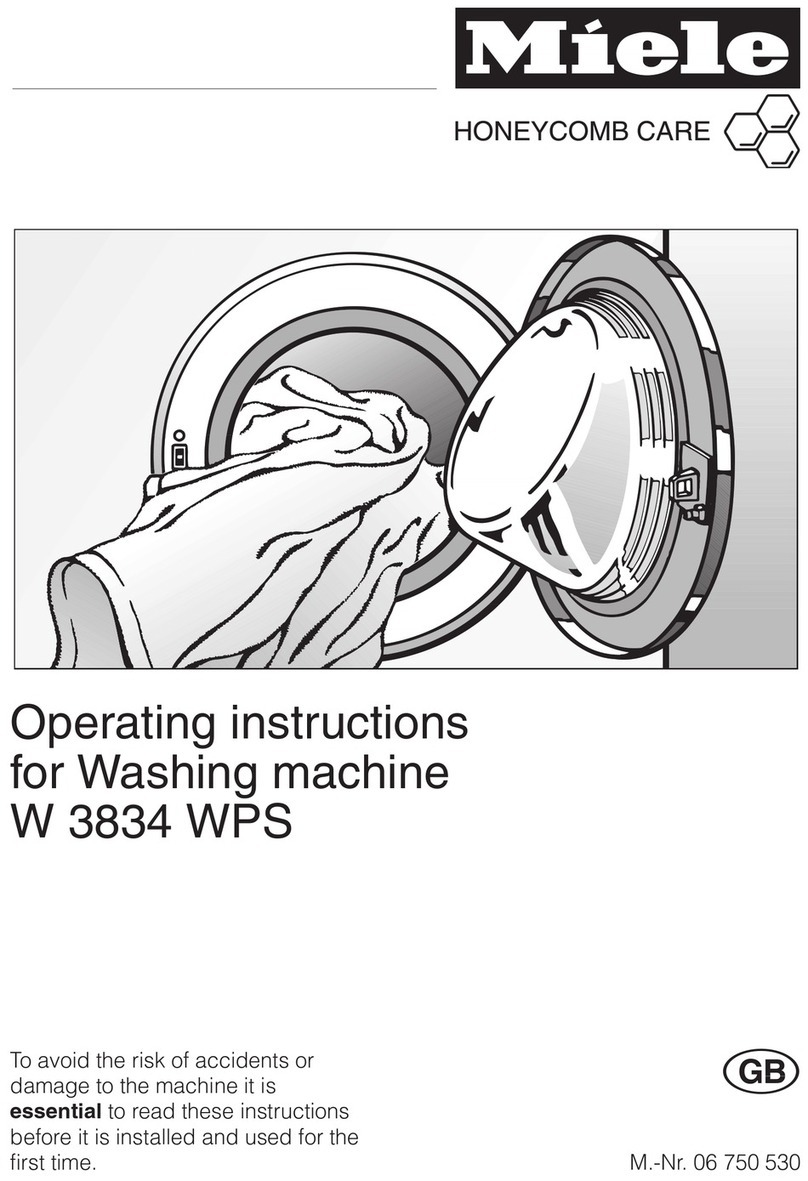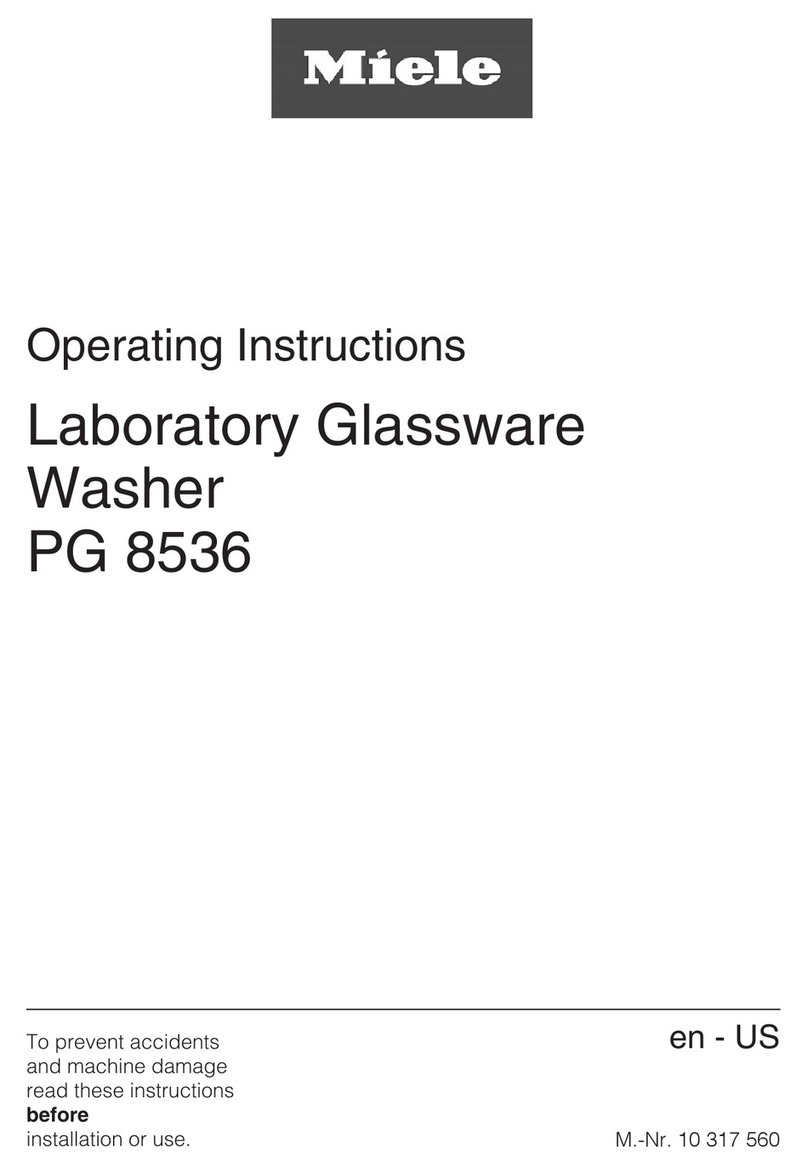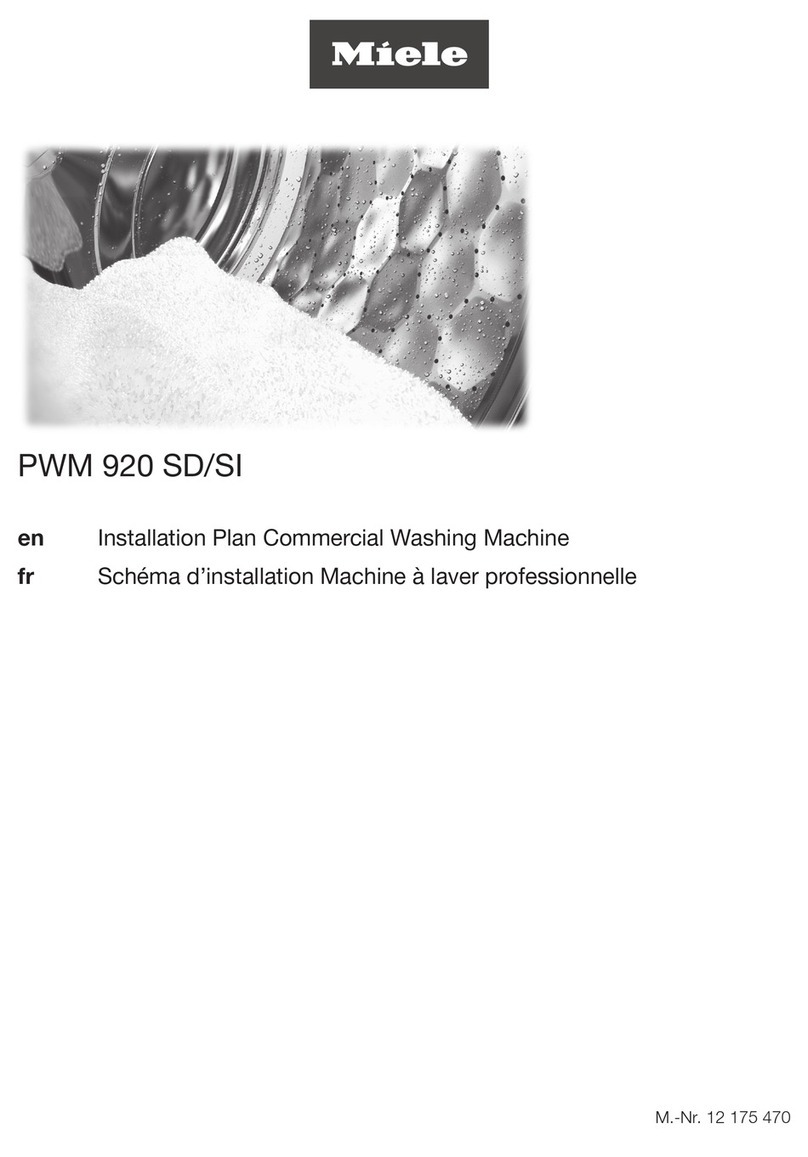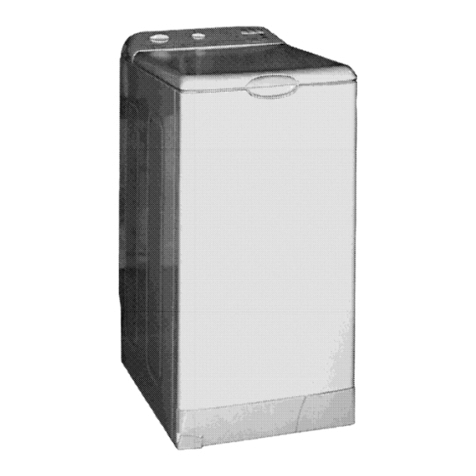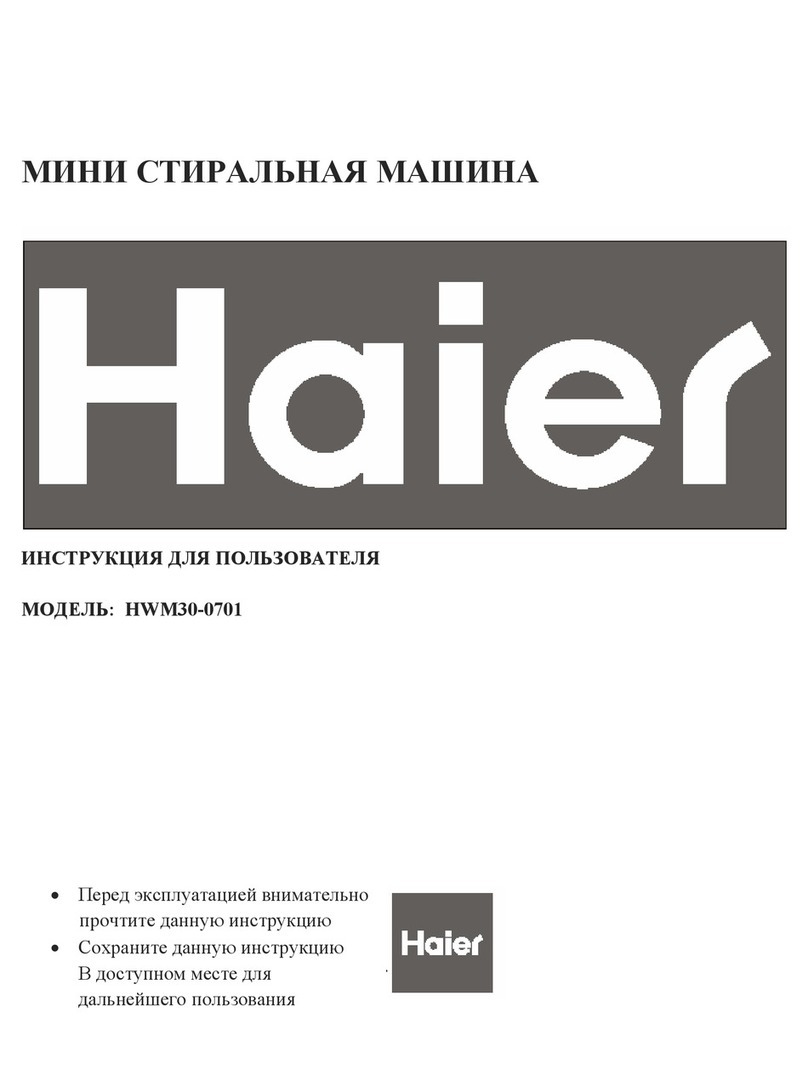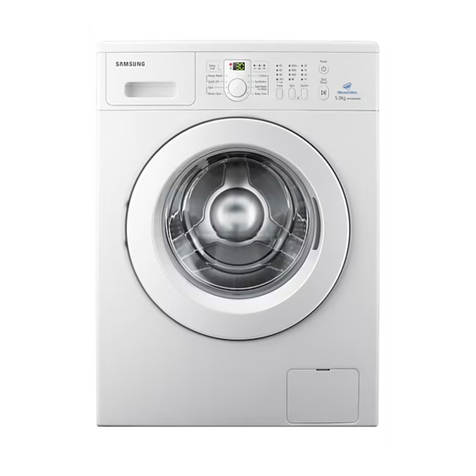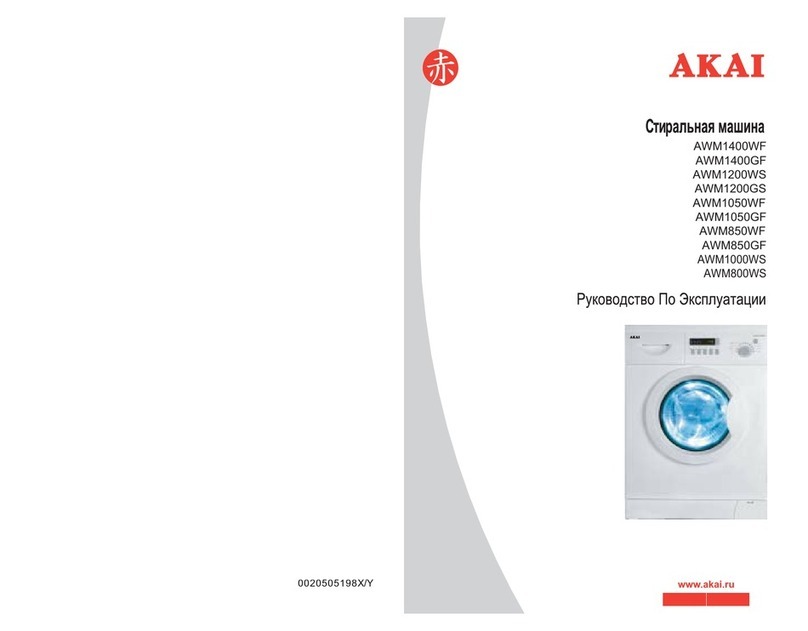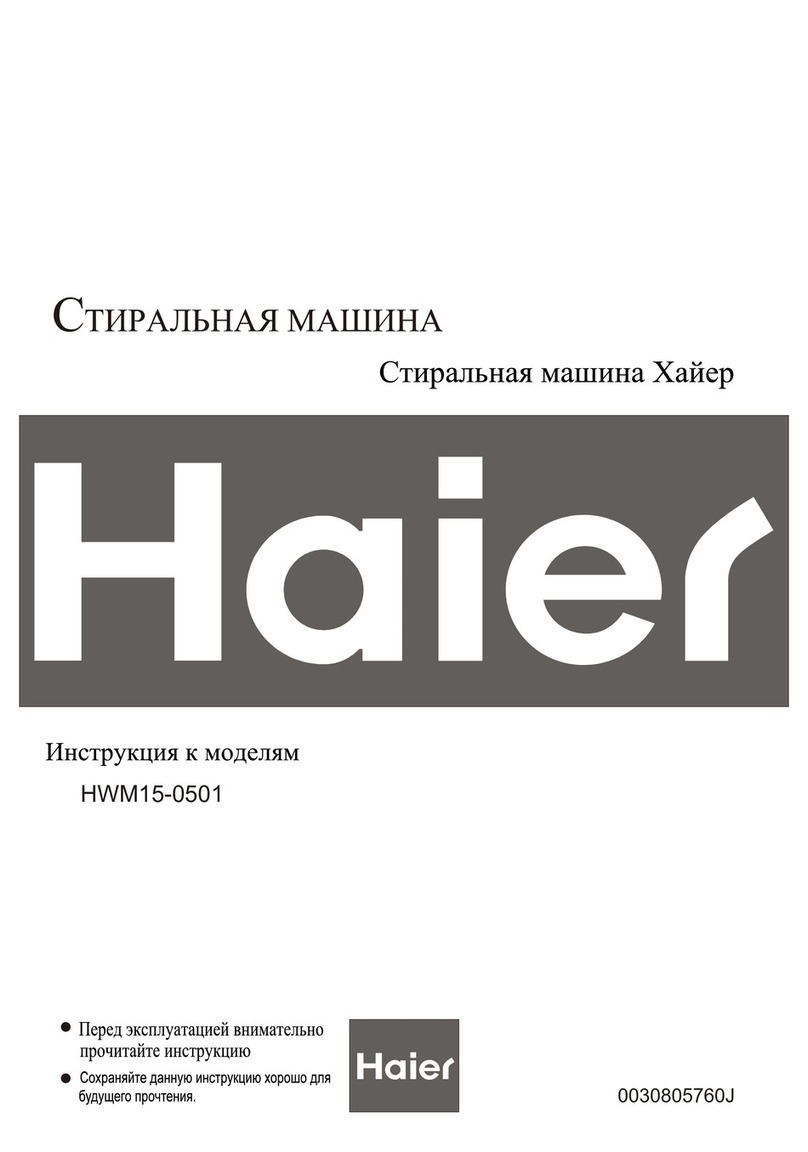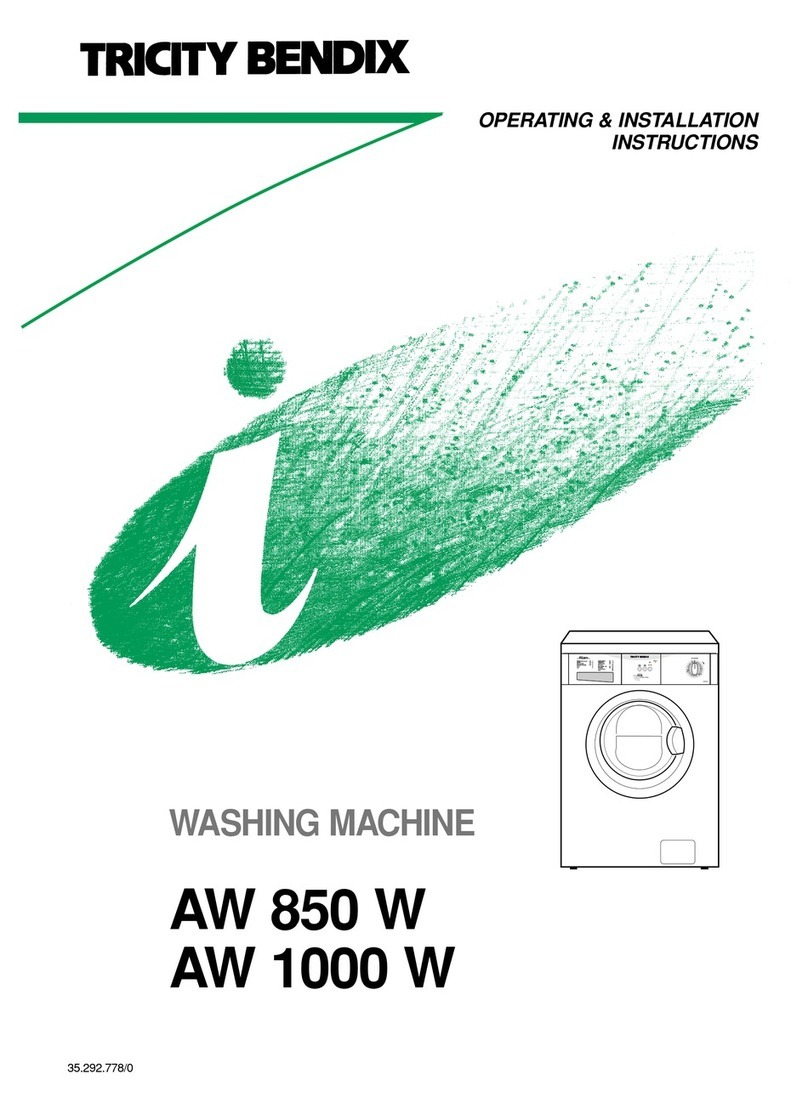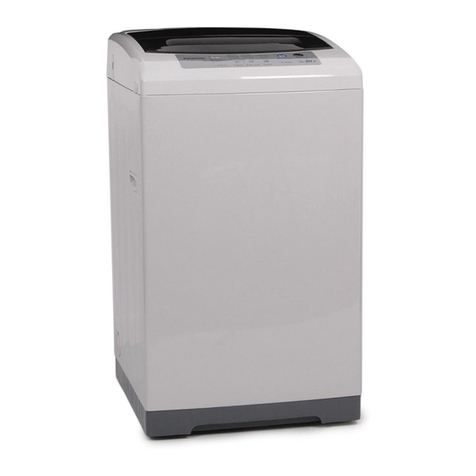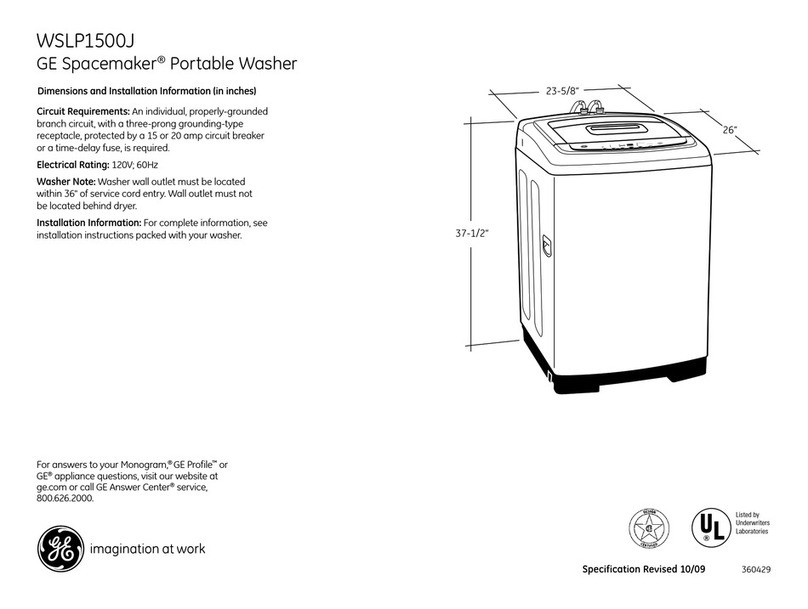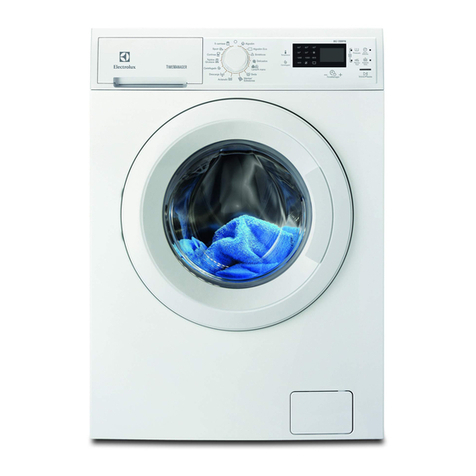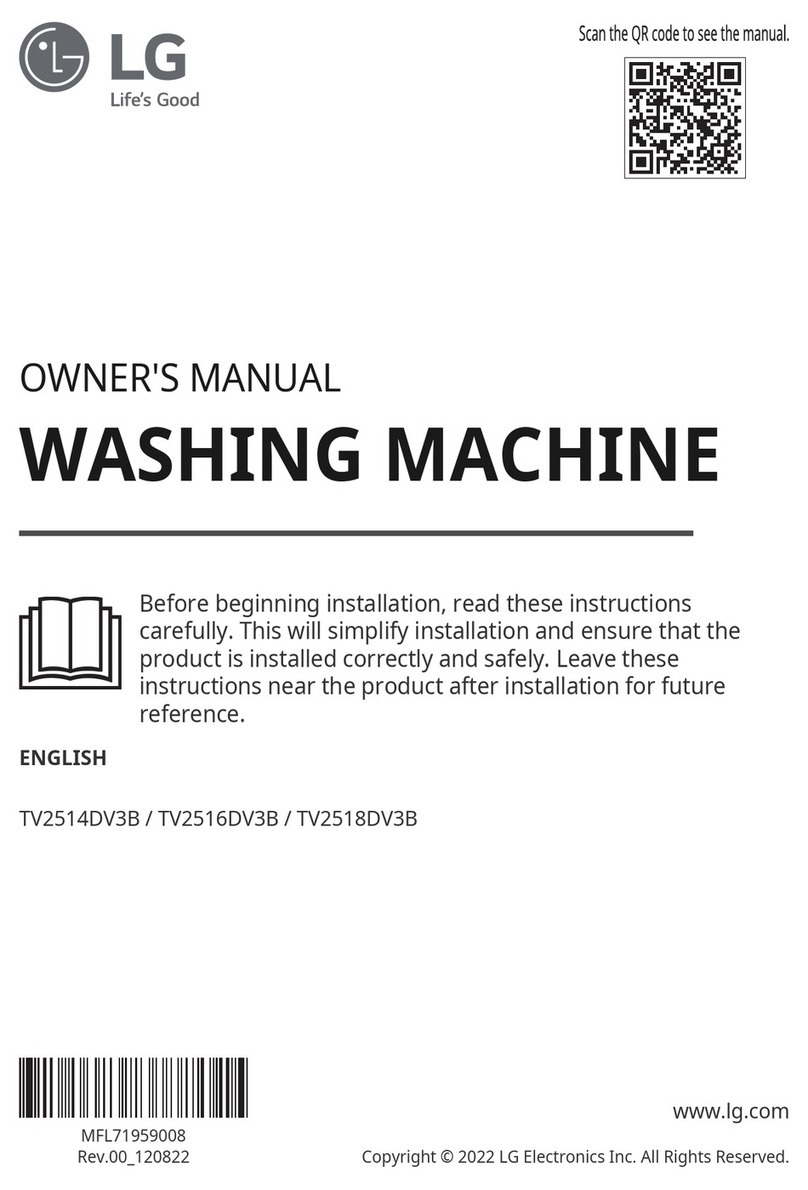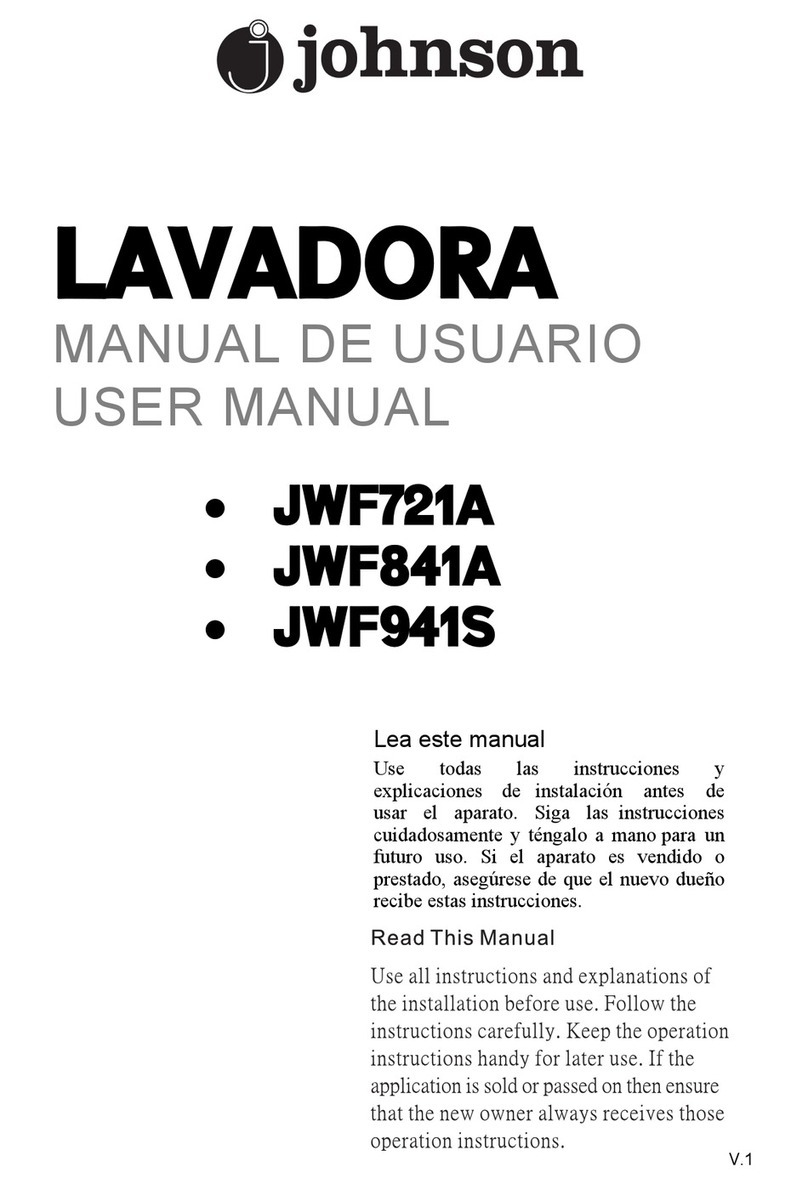
Contents
2
Warning and Safety instructions.................................................................................... 4
Explanation of the safety instructions and warnings on the machine............................... 4
Correct application............................................................................................................ 5
Preventing problems ......................................................................................................... 6
Technical safety................................................................................................................. 8
Correct use........................................................................................................................ 10
Chlorine and component damage..................................................................................... 12
Accessories ....................................................................................................................... 13
Disposing of your old appliance........................................................................................ 13
Caring for the environment ............................................................................................ 14
Guide to the machine...................................................................................................... 16
Guide to the appliance ...................................................................................................... 16
Control panel..................................................................................................................... 17
Function buttons ............................................................................................................... 18
Programme card for the operator...................................................................................... 19
Washing............................................................................................................................ 20
Using for the first time ....................................................................................................... 20
Preparing the laundry ........................................................................................................ 20
Emptying pockets ......................................................................................................... 20
Max. load....................................................................................................................... 21
Washing with dispenser drawer ........................................................................................ 22
Adding detergent using the detergent dispensing drawer. ........................................... 22
Bleaching agent............................................................................................................. 22
Dyes, dye removers and descaling agents ................................................................... 23
Detergent dispensing .................................................................................................... 23
Dispensing quantity....................................................................................................... 23
Water hardness levels ................................................................................................... 24
Selecting a programme ..................................................................................................... 25
Selecting the Pre-wash, Starch stop or Without spin additional functions....................... 25
Changes before starting the programme .......................................................................... 26
Load size ....................................................................................................................... 26
Temperature .................................................................................................................. 26
Spin speed .................................................................................................................... 26
Maximum spin speeds .................................................................................................. 26
Starting a programme ................................................................................................... 26
Opening the drum door after the programme has finished........................................... 28
Procedure in the event of a programme interruption during operation ......................... 29
Washing by card operation............................................................................................. 30
Washing by card operation ............................................................................................... 30
Laundry load operation ..................................................................................................... 31
Additional functions ........................................................................................................ 32
Temporarily changing the language .................................................................................. 32
Start time........................................................................................................................... 33
Cancelling the start time ............................................................................................... 33
With Pre-wash ................................................................................................................... 34
Without spin ...................................................................................................................... 35
Programme stop................................................................................................................ 35
Programme cancellation.................................................................................................... 36
